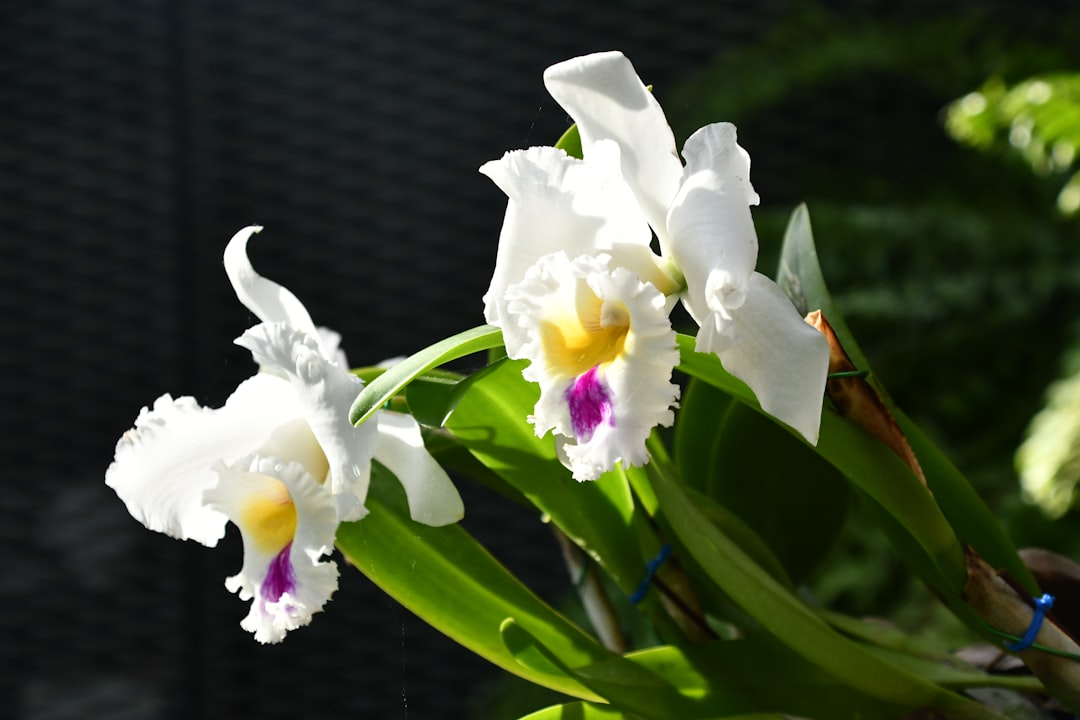Hidden Gems of Spring: Crown Imperial and Fritillary

Spring is a time of renewal and beauty, when gardens burst into a riot of colors. While many gardeners are familiar with popular flowers like tulips and daffodils, there are two lesser - known bulbs that deserve a special place in the spring landscape: the crown imperial and the fritillary. These stunning flowers are rarely planted in home gardens, yet they are surprisingly easy to grow.
The crown imperial, scientifically known as Fritillaria imperialis, is a true show - stopper. Standing tall on sturdy stems, it can reach heights of up to three feet. The plant features a cluster of bell - shaped flowers that hang downwards, surrounded by a crown of bright green leaves at the top. The flowers come in a variety of colors, including orange, yellow, and red, adding a bold splash of color to any garden.
One of the reasons crown imperial is not as commonly planted is its unique smell. Some people find the odor rather pungent, which is actually a natural defense mechanism to keep away pests. However, if you can overlook this minor drawback, the visual impact of the crown imperial is well worth it. It is best planted in the fall, about 6 - 8 inches deep in well - drained soil. Crown imperial prefers full sun to partial shade and will reward you with its magnificent blooms year after year.
Fritillaries, on the other hand, are a diverse group of bulbs. There are many species, but the snake's head fritillary (Fritillaria meleagris) is perhaps the most well - known. This delicate flower has a checkered pattern on its petals, resembling the skin of a snake, hence its name. The snake's head fritillary is native to damp meadows in Europe and has a more understated beauty compared to the flamboyant crown imperial.
Fritillaries are also relatively easy to grow. They thrive in moist, well - drained soil and prefer partial shade. Similar to the crown imperial, they are best planted in the fall. Once established, they will naturalize over time, spreading slowly to form small colonies. This makes them a great addition to a wildflower garden or a naturalistic planting scheme.
When it comes to caring for these bulbs, both crown imperial and fritillary require minimal maintenance. After the flowers have faded, allow the foliage to die back naturally. This is important as the leaves are responsible for storing energy in the bulbs for the next growing season. You can cut back the dead foliage once it has turned yellow and withered.
Another aspect to consider is pest control. While the crown imperial's smell deters many pests, both bulbs can still be susceptible to slugs and snails. You can use organic slug pellets or create barriers around the plants to protect them. Additionally, make sure to keep the area around the bulbs free of debris, as this can provide hiding places for pests.
In terms of companion planting, crown imperial and fritillary can be paired with other spring - blooming bulbs and perennials. For example, they look great when planted alongside early - blooming tulips or grape hyacinths. The different heights, colors, and textures create a visually appealing display in the garden.
In conclusion, crown imperial and fritillary are hidden gems of the spring garden. Their unique beauty and ease of cultivation make them a worthy addition to any home garden. By giving these rarely - planted bulbs a special space, you can create a spring landscape that is both stunning and distinctive.